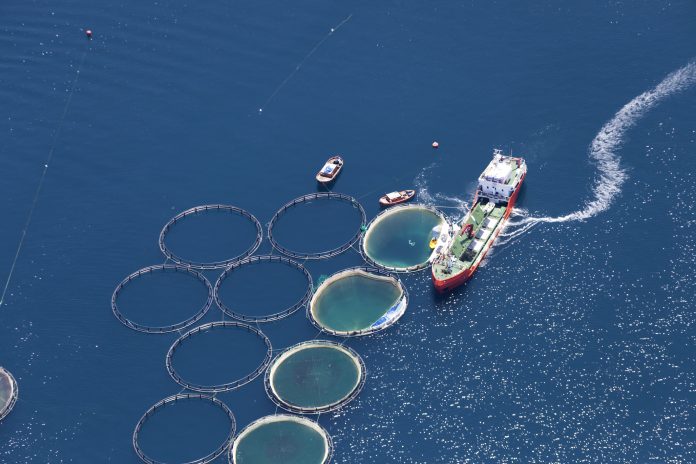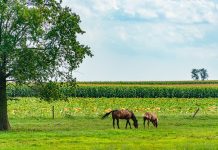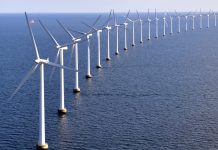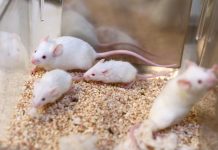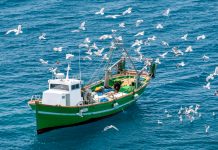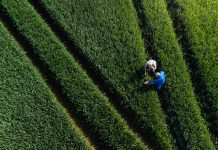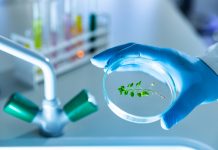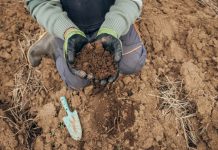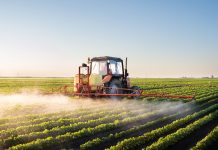Harnessing the sun and the sea, both plentiful and cost-free, is at the core of innovative initiatives aiming to establish vertical sea farms that float on the ocean.
Sea farms are designed to generate fresh water suitable for drinking and agriculture.
In a groundbreaking development, researchers from the University of South Australia have created an autonomous solar-powered system that evaporates seawater and converts it into freshwater, enabling crop cultivation without human intervention.
Innovative water solution
This pioneering technology has the potential to mitigate impending global crises related to freshwater scarcity and food shortages, particularly in light of projections that the world’s population will surpass 10 billion by 2050.
“The system works much like a wicking bed that household gardeners might be familiar with; however, in this case, clean water is supplied by an array of solar evaporators that soak up the seawater, trap the salts in the evaporator body, and, under the sun’s rays, release clean water vapour into the air which is then condensed on water belts and transferred to the upper plant growth chamber” states Dr Owen.
Pioneering research
During a field experiment, the scientists grew three vegetable crops, broccoli, lettuce, and pak choi, on seawater surfaces without needing ongoing maintenance or additional freshwater irrigation.
According to Professor Xu, the system, solely energised by solar light, offers several advantages over other experimental solar sea farm designs.
Floating sea farms that rely on traditional photovoltaic panels to generate electricity for powering traditional desalination units have also been suggested. However, these systems are characterised by high energy consumption and require significant maintenance expenses.
“In our design, the vertical distribution of evaporator and growth chambers decreases the device’s overall footprint, maximising the area for food production. It is fully automated, low cost, and extremely easy to operate, using only solar energy and seawater to produce clean water and grow crops.”
Dr Owen clarifies that their current design acts as a proof of concept, and the subsequent phase involves upscaling it.
This will involve using a small cluster of individual devices to enhance plant production.
To meet greater food supply demands, expanding the dimensions and quantity of these devices will be necessary.
“It is not inconceivable that sometime in the future, you might see huge farm biodomes floating on the ocean.”
The current prototype is expected to undergo modifications aimed at enhancing its capacity to generate a larger biomass output.
These modifications may involve incorporating cost-effective substrate materials like waste rice straw fibre to further reduce operational costs for the device.
The researchers have shown that the recycled water generated through this process is safe to drink and has lower salinity levels than the World Health Organisation’s drinking water standards.
Global challenges
According to the United Nations, by 2050, roughly 2.4 billion people may face water shortages, while global water availability for agricultural irrigation is predicted to decrease by approximately 19% during the same timeframe.
“Freshwater accounts for just 2.5% of the world’s water and most of this is not accessible because it’s trapped in glaciers, ice caps or is deep underground,”
Dr Owen explains that the issue isn’t that the freshwater is decreasing, but the limited freshwater resources face higher demands driven by population growth and climate change.
97.5% of the world’s water is found in our oceans and is readily accessible; it becomes a clear and logical solution to utilise the sea and sun to combat the escalating global challenges related to water scarcity, food, and arable land.
Editor's Recommended Articles
-
Must Read >> Coastal seas & their role towards Net-Zero 2050


